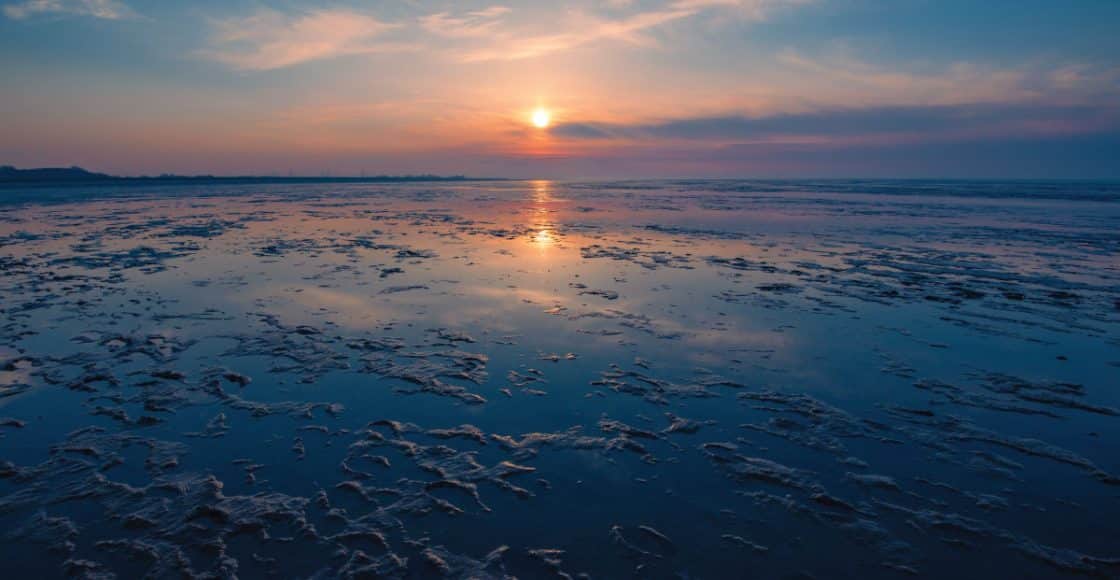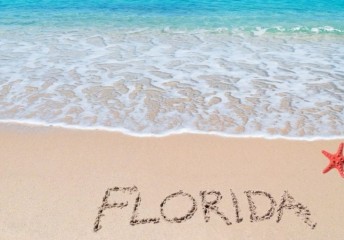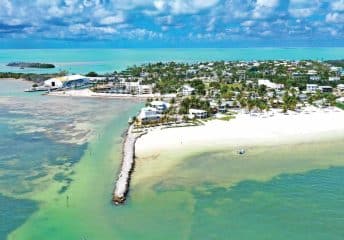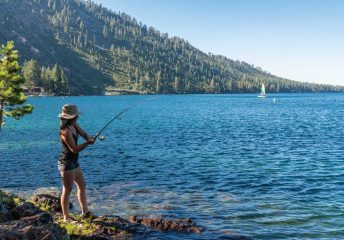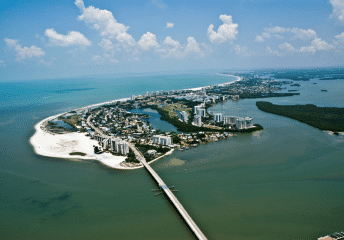Understanding Tides as a Boatsetter
Last Updated on October 3, 2023 by Boatsetter Team
Here’s a primer on the various types of tides and how to handle them when you’re heading out for a day’s enjoyment.
As much as it’s crucial to understand the Rules of the Road, it’s equally important to educate yourself about tides. Tides impact not only whether your destination is accessible but also exiting and returning to your boat’s home harbor.
Thankfully, plenty of websites and apps are at your fingertips, for free, to help you track tides, forecast their highs and lows, and more. Ultimately, understanding tides is a safety issue, so a little learning now will go a long way toward a good day on the water.
Understanding tides involves recognizing the varying types—a.k.a. cycles—you can encounter:
- Durnal tides
- Semi-durnal tides
- Mixed semi-dural tides
- King tides
- Spring tides
- Neap tides
Rent. List. Share—Only at Boatsetter
But first, what are tides?
Tides are the flow of water to and away from the shore based on the gravitational pull of the sun and the moon. Tides are predictable, too, resulting in highs and lows—a.k.a. high tide and low tide—over six- or 12-hour cycles.
High and low tides vary as well, depending on where you are. So, for instance, high tides in Maine are much higher than the ones in southern California. Similarly, low tides in northern regions, farther from the equator, are lower than in southern regions, closer to the equator.
Additionally, tides are always represented as numbers relative to the height of the water in feet. They’re further measured from zero and can even be a negative numeral. A negative number on a tide chart simply means a lower-than-average low tide for that area. The larger number, meanwhile, is the high tide, sometimes written with a plus sign.
Now that you know what a tide is, let’s get into the characteristics of each cycle.
1. Diurnal tides
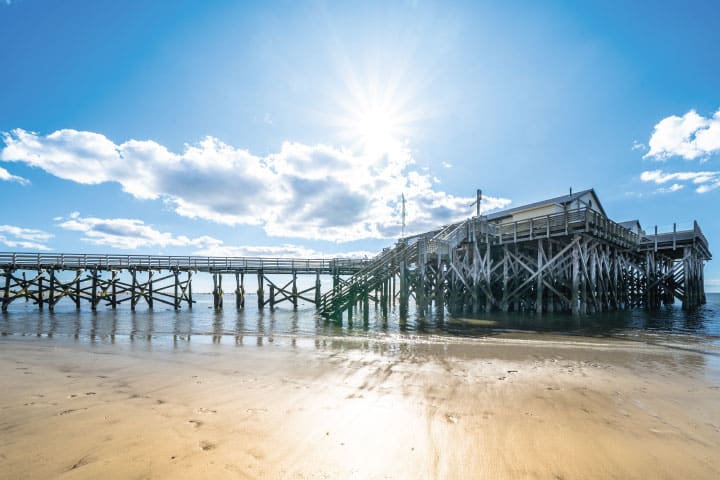
Diurnal tides are characterized by having a single high tide and a single low tide in a 24-hour period. These tides typically occur in locations where the lunar day, which is approximately 24 hours and 50 minutes long, aligns with the Earth’s rotation.
The Gulf of Mexico and parts of the Caribbean often experience diurnal tides, making them distinct from locations with semi-diurnal tides, which have two high tides and two low tides each day.
2. Semi-diurnal tides
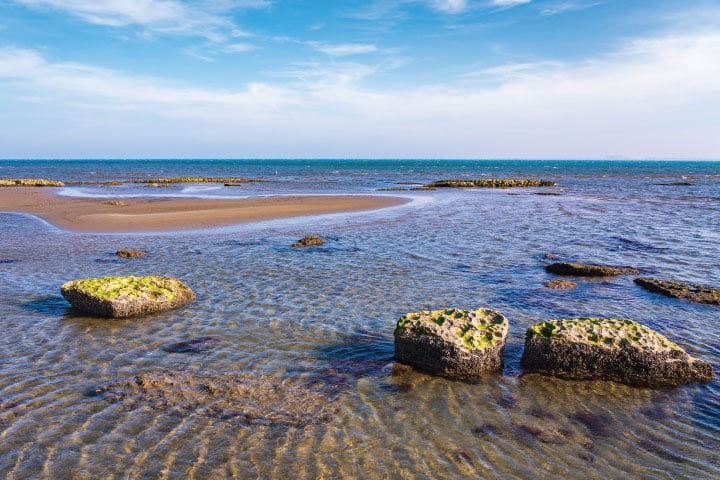
Semi-diurnal tides are characterized by two high tides and two low tides in a 24-hour period, with approximately equal intervals between them. These tides occur in regions where the lunar day, or the time it takes for the moon to return to the same point in the sky, closely matches the 24-hour day.
Coastal areas along the Atlantic Coast of North America, the United Kingdom, and many other coastal regions around the world experience semi-diurnal tides, which exhibit a regular and predictable tidal pattern.
3. Mixed semi-diurnal tides
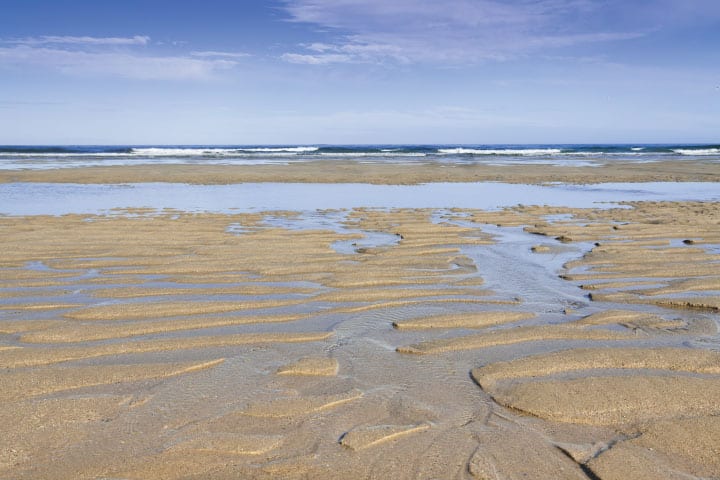
Mixed semi-diurnal tides, also known as mixed tides, exhibit a tidal pattern where the high and low tides have varying heights and intervals within a 24-hour period. These tides occur in coastal regions where the lunar and solar influences on tides do not perfectly align, resulting in a combination of semi-diurnal and diurnal tidal components.
Many coastal areas, including parts of the Gulf of Mexico and the northern Pacific Ocean, experience mixed semi-diurnal tides, which can lead to a more complex and less predictable tidal pattern compared to purely semi-diurnal or diurnal tides.
4. King tides
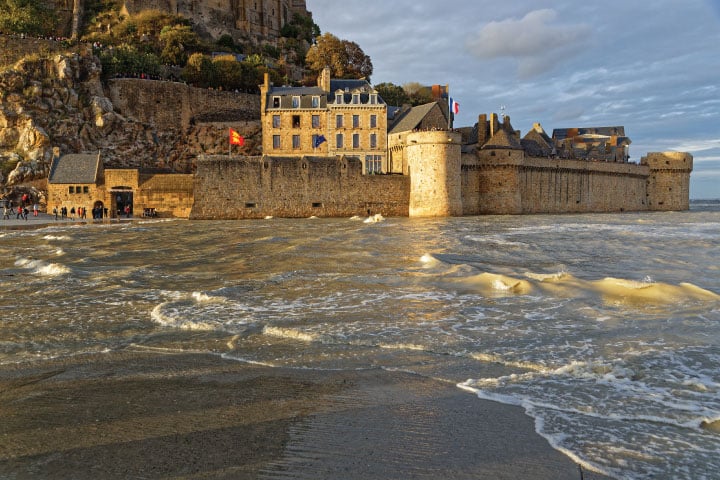
Although it’s not a scientific term, “King tide” means an exceptionally high tide. Typically, these happen during a full moon or a new moon, periods when the Earth, sun, and moon are almost perfectly aligned. King tides sometimes result in flooding on land, especially if storms coincide.
5. Spring tides
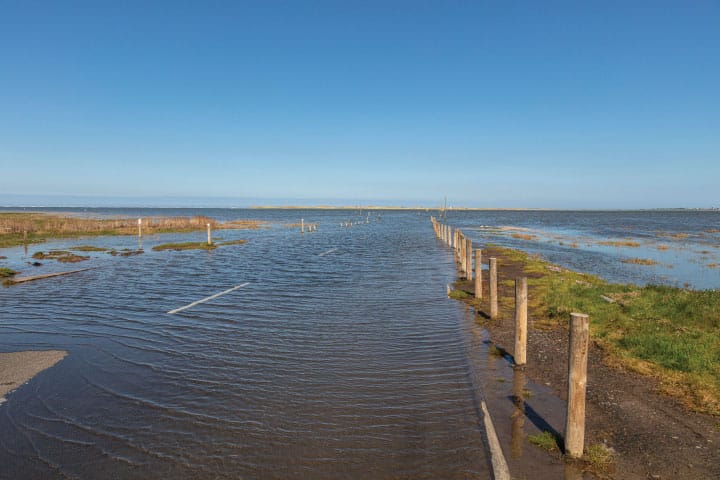
“Spring tide” is actually the historically used name for a King tide. It has nothing to do with the season of spring, though. The name comes from the notion of a tide “springing forth.” Two spring tides occur each month.
6. Neap tides
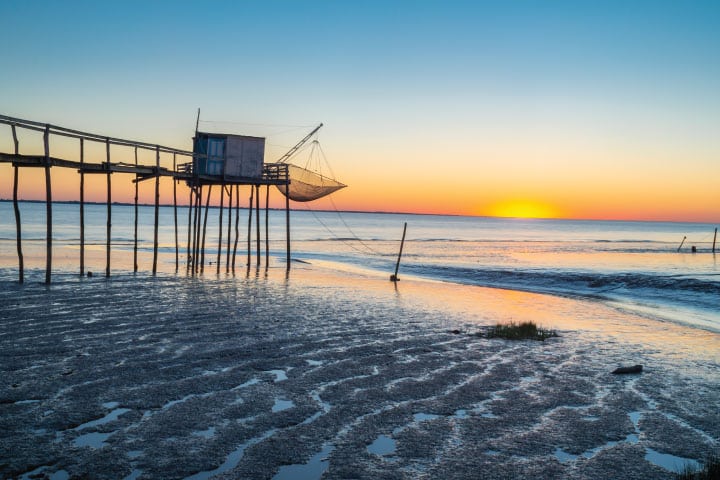
Neap tides are moderate tides, wherein the high tides are a little lower than average, and low tides are a little higher than average. They occur seven days after a spring tide, too, because the sun and the moon sit at right angles to one another. Just as two spring tides happen every month, two neap tides also happen.
Learning bug bit ya?
No matter where you boat, understanding tides can make or break your experience on the water. Having knowledge of low tide will help prevent you from running aground, for example.
Knowing when high tide occurs can make a dock ramp less steep as well. Understanding tides also lets you know whether you can fit your boat under a low bridge. Consider it one more tool to make you a better boater. Like what you read? We’ve got more where that comes from!
- How to Read a Nautical Chart
- How Does Long-Distance Trailering Work?
- 3 Boating Tips on Navigating Rough Waters
About us
Boatsetter is a unique boat-sharing platform that gives everyone— whether you own a boat or you’re just renting—the chance to experience life on the water. You can list a boat, book a boat, or make money as a captain.
Rent. List. Share—Only at Boatsetter

A journalist with more than 30 years’ experience, Diane M. Byrne is the owner
of MegayachtNews.com, a daily website educating American superyacht owners, buyers, and
their circles of influence about the leading builders, designers, cruising destinations, and more.
She founded the website in 2007 as the first, and still the only, American-focused online media
outlet exclusively covering this market. It features all-original content, for real stories of real
interest.
Diane is additionally one of the most-sought-after journalists for expert editorial coverage and
commentary about not only superyachts, but also general boating and yachting. Her byline
appears in Boatsetter.com, DiscoverBoating.com, and the magazines Luxury Guide, Ocean,
Yachting, and Yachts International.
Additionally, Diane is the Chair of the U.S. Superyacht Association, having been on the Board of
Directors since 2015. Outside of yachting, she’s a trustee of Sempre Avanti, a non-profit
resource supporting Italian and Italian-American individuals, businesses, and organizations in the
United States and Italy.
